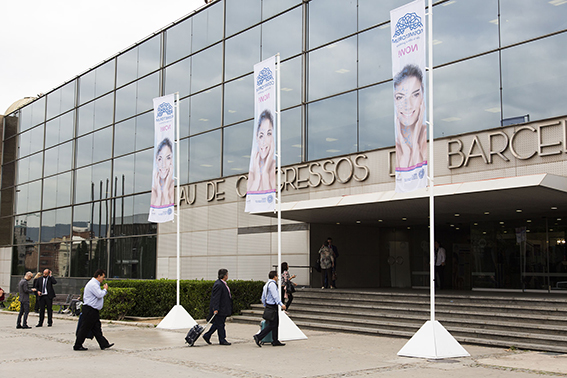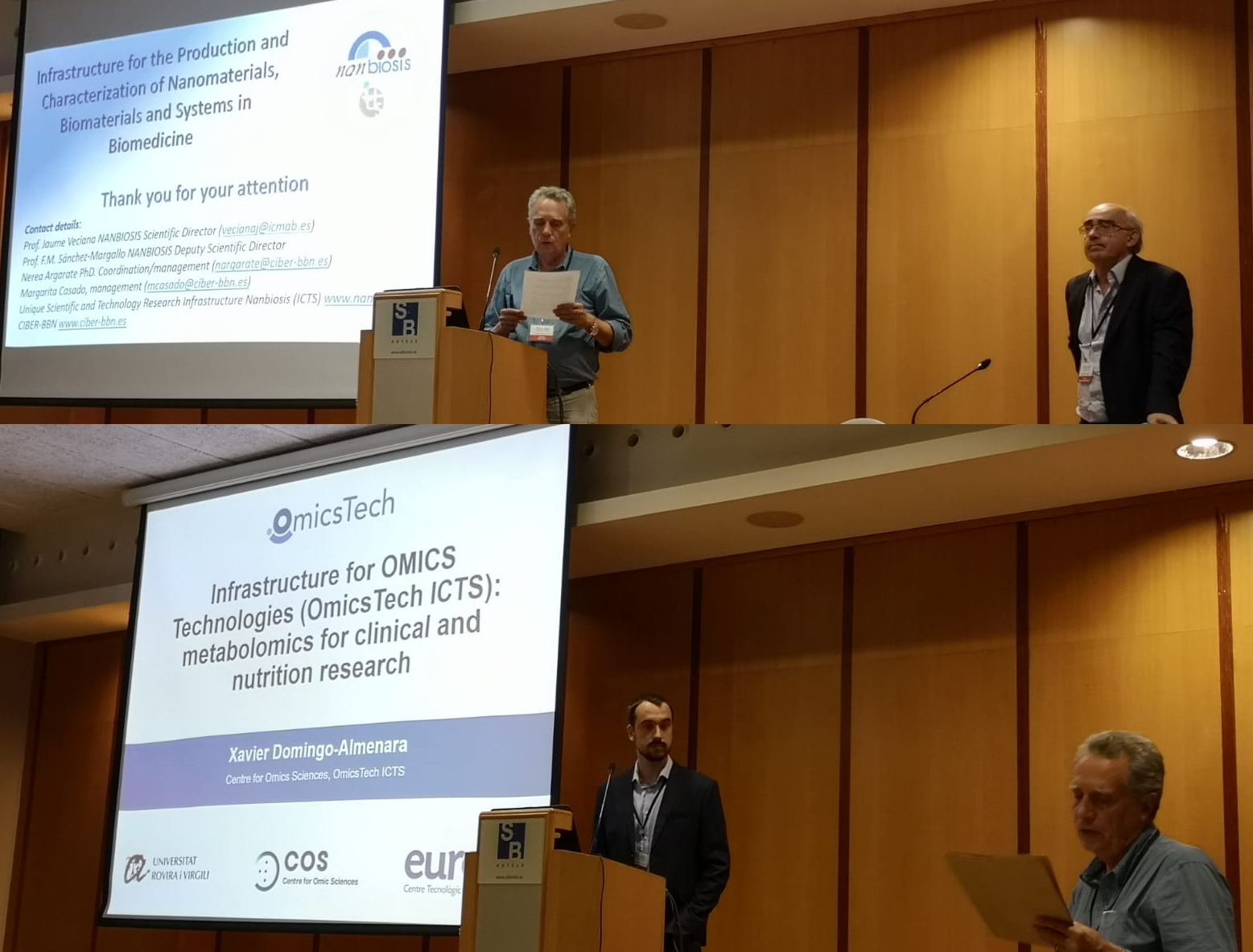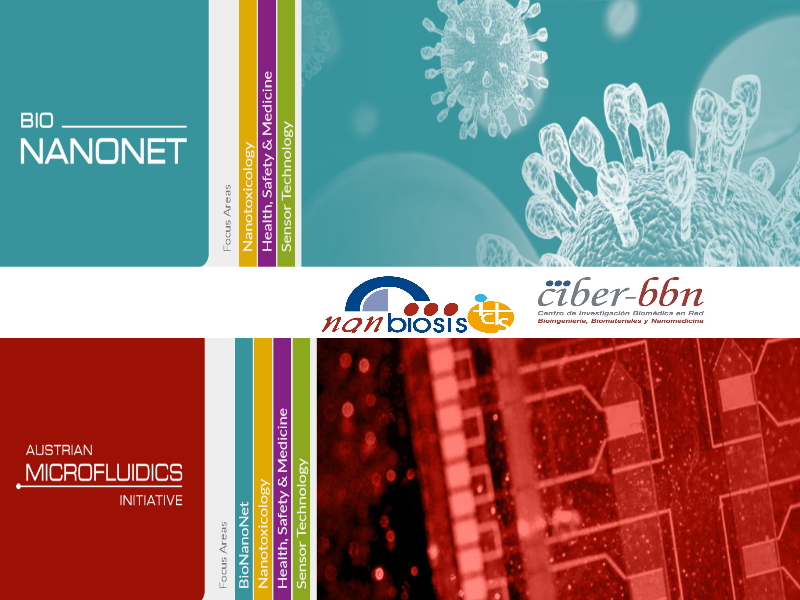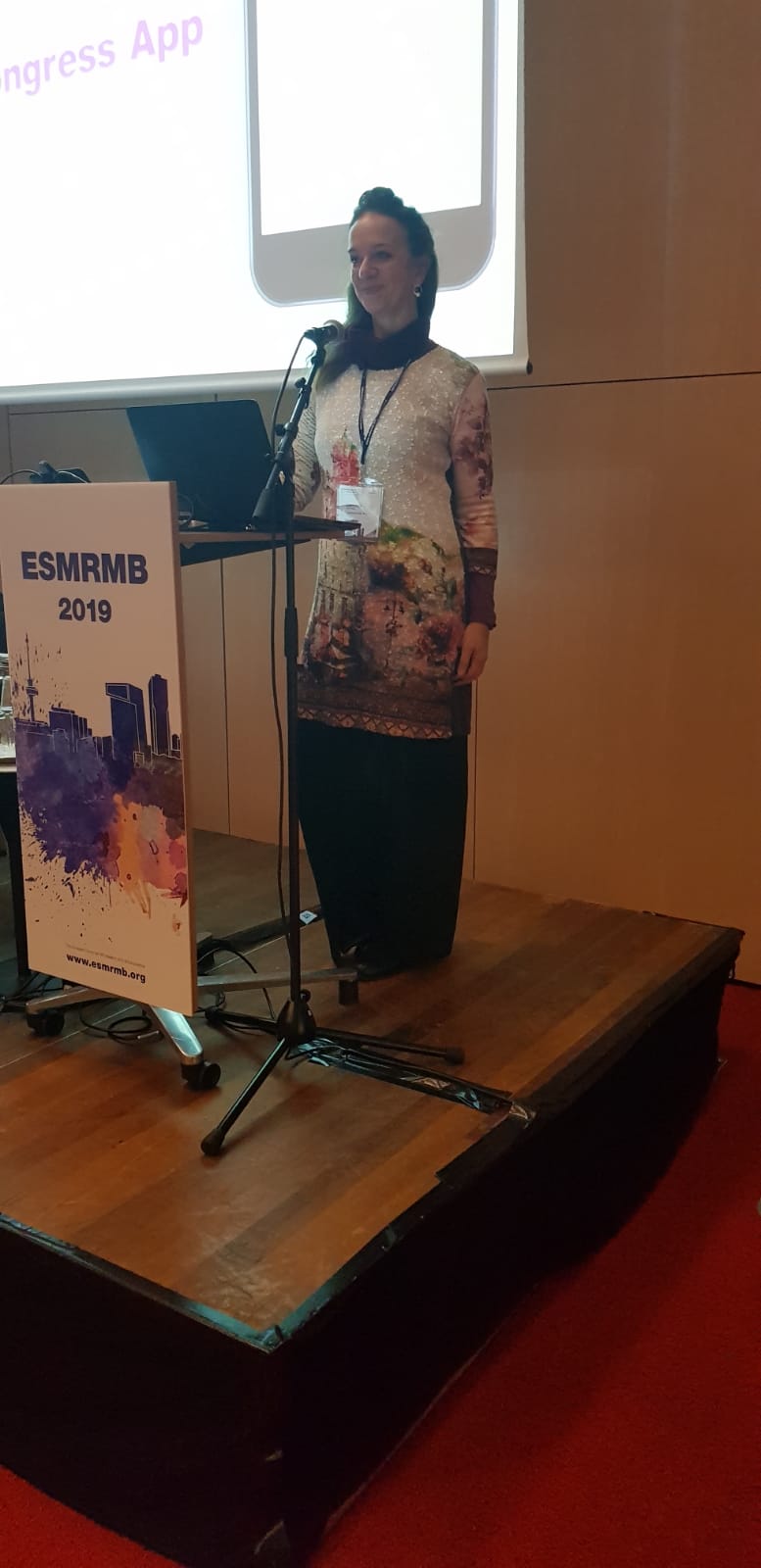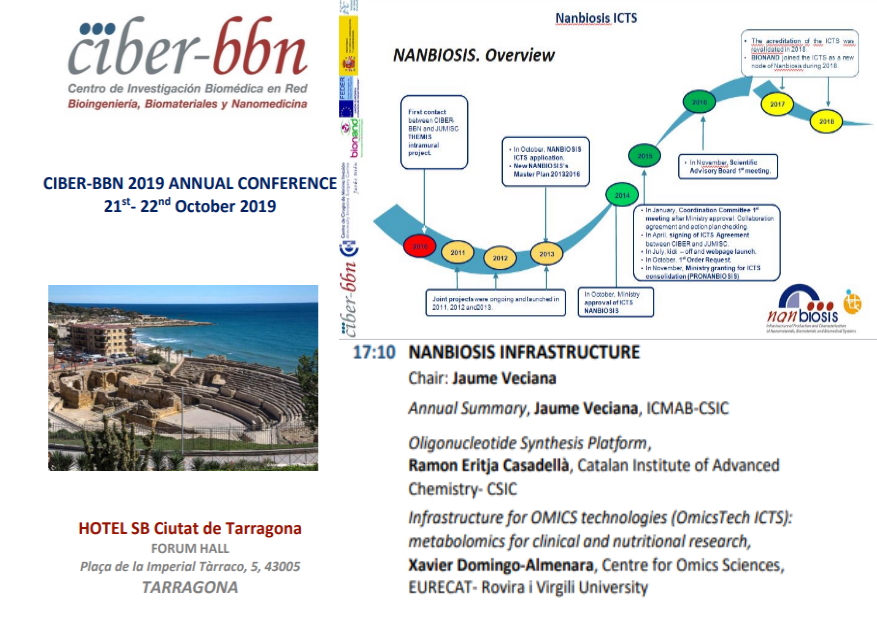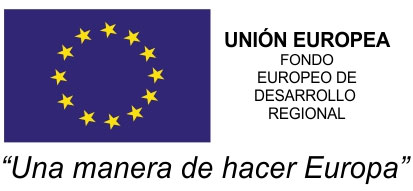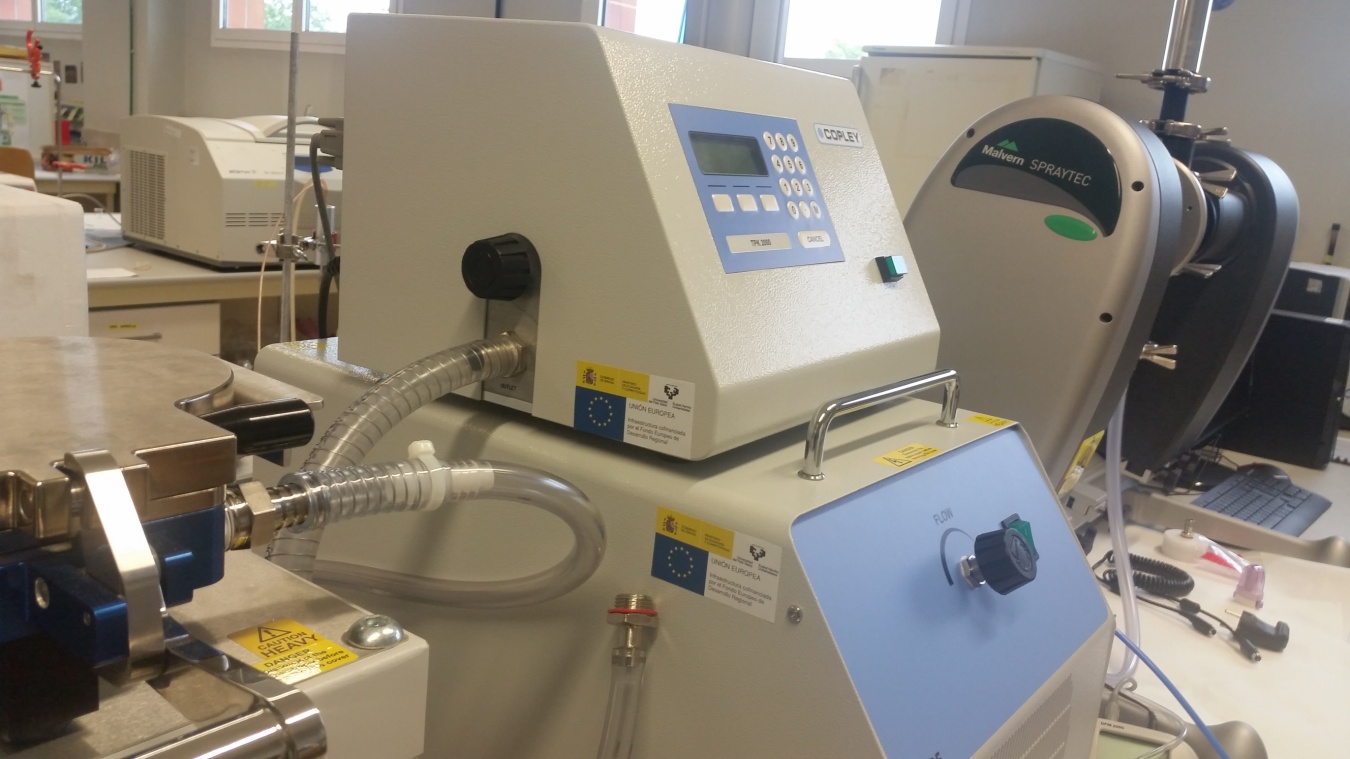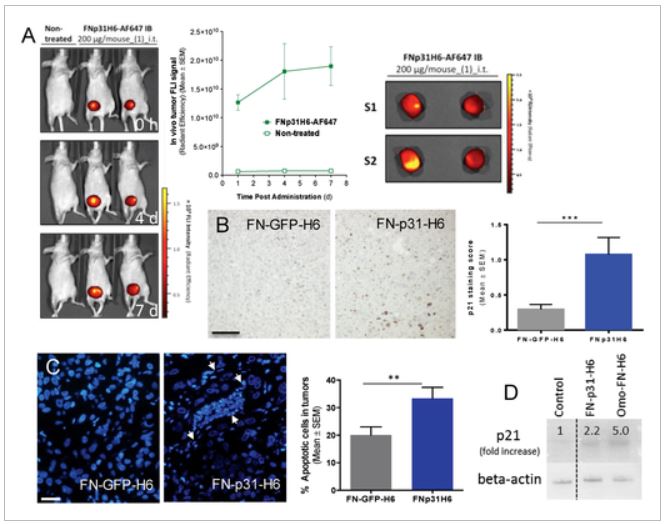Formulation of emulsions: Science behind cosmetics at COSMETORIUM
Carlos Rodríguez-Abreu, Scientific Director of NANBIOSIS Unit 12 Nanostructured liquid characterization unit, from Institute of Advanced Chemistry of Catalonia, Higher Council for Scientific Research (IQAC-CSIC) and CIBER of Bioengineering, Biomaterials and Nanomedicine (CIBER-BBN) has participated in the fourth edition of COSMETORIUM, given a talk on “Recent advances in the formulation of emulsions”
The fair of Cosmetorium, which was held at the Palau de Congresos de Barcelona on October 23 and 24, is organized by the Spanish Society of Cosmetic Chemists (SEQC), begun with keynote conferences and a scientific program, which examined the key problems facing the cosmetic and personal care industry, on issues such as global regulatory problems and science technology.
COSMETORIUM is a forum on creation, formulation, manufacture and distribution of cosmetic products, ranging from the development of the idea of a product until its arrival to consumers that highlighs the importance of Spain as a center of excellence in the cosmetic industry. In fact, Cosmetorium has joined the Formulating Cosmetics & Making Cosmetics series of events that have achieved great success in Italy and the United Kingdom, with over a thousand attendees.
